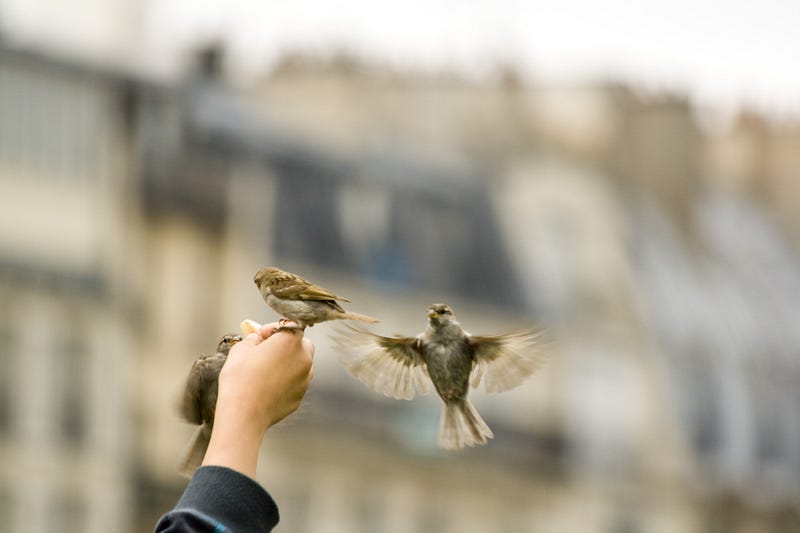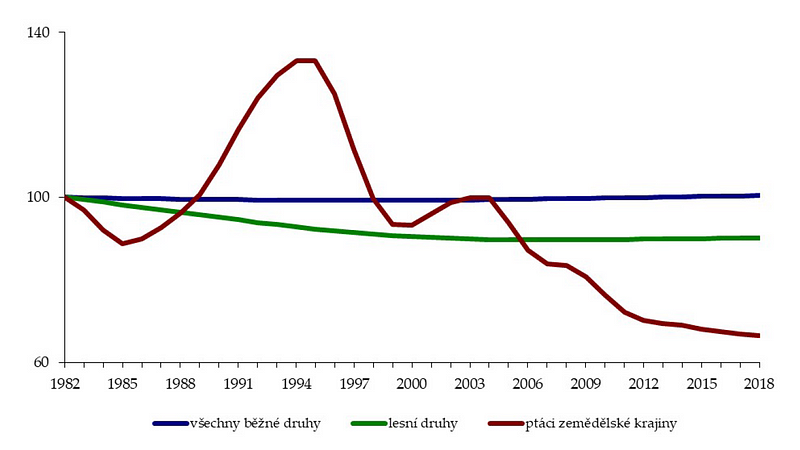Birds Are Disappearing Globally: The Alarming Truth We Face
Written on
The Global Decline of Bird Populations
It's becoming increasingly quiet in our natural surroundings.

Photo by Guido Jansen on Unsplash
Bird populations around the globe are diminishing at an alarming pace. Since the 1970s, North America has experienced a decline of nearly 30% (3 billion birds), while Europe has lost 17–19% (600 million birds) since the 1980s. This decline isn't limited to rare species; even common birds like sparrows, blackbirds, and finches are facing significant reductions.
Birds play an essential role in ecosystems, acting as keystone species that help define entire habitats. They contribute to seed dispersal, control insect populations, and serve as indicators of environmental health. Long-term citizen science initiatives like the Breeding Bird Survey and various bird counts have made birds one of the most closely monitored animal groups on the planet.
What’s behind this troubling trend?
Numerous factors contribute to the decline of bird populations, some of which have more considerable impacts than others.
One major issue is rapid urban development, particularly window strikes. Birds often fail to recognize glass as an obstruction, mistaking reflections of trees and vegetation for actual landscapes. In the United States alone, estimates suggest that between 365 million and 1 billion birds die each year due to this hazard. Fortunately, there are straightforward measures to make windows safer for birds.
Another contributing factor is predation by cats. Whether feral or domesticated, cats are skilled hunters, preying not only for sustenance but also for sport. A notable example is Tibbles, a lighthouse keeper's cat that reportedly led to the extinction of the entire Stephens Island Wren population.
Illegal hunting also plays a significant role, with approximately 25 million migratory birds being unlawfully killed each year in the Mediterranean, Europe, and the Middle East. Despite strong legislation prohibiting the hunting of songbirds in these regions, lobbying from hunting groups and national justifications rooted in tradition have allowed illegal practices to persist.
However, one of the most significant factors contributing to this decline is modern agricultural practices. To illustrate, let's look at the situation in the Czech Republic.
Before World War II, agriculture featured small, diverse farms where fields were often left near forests, allowing birds to nest and find food. After the war, the Communist regime collectivized private farmland, creating large monoculture fields that intensified agricultural practices.
Following the Velvet Revolution in 1989, farming became less intensive for a time, which allowed ecosystems to recover and bird populations to rebound, as demonstrated in the graph below.

Bird populations in the Czech Republic. Blue line indicates all common species, green line represents forest species, and brown line shows grassland and farmland species. Author: birdlife.cz
However, after joining the European Union in 2004, private companies began merging fields into larger plots, causing hedgerows to vanish. The increased use of chemicals—such as fertilizers, pesticides, and insecticides—further harmed insect populations, which are vital food sources for many grassland and farmland birds. Thankfully, some regions, like Prague, are taking steps to restore hedgerows and woodlands.
Signs of Hope Amid the Decline
Not all bird families are in decline. Raptors, once on the brink of extinction, have rebounded since the ban on the pesticide DDT in the 1970s in the US and Canada. Moreover, the restoration of wetlands has led to increased waterfowl populations over the past 48 years.
More farmers are participating in agri-environment schemes—government programs designed to promote environmentally friendly farming practices. The EU is also enacting more stringent laws to protect birds and regulate pesticides.
Public awareness has risen, leading more individuals to engage in bird feeding and cultivate biodiverse gardens. You, too, can contribute by following some of the suggestions below.
6 Simple Ways to Help Nature in Your Neighborhood
Because greater biodiversity aids in mitigating climate change.
With a collective effort, we still have the chance to assist nature in its recovery. It doesn’t take much—just a heightened awareness of our surroundings.
Thank you for taking the time to read this!
Chapter 2: Taking Action
In the TEDx talk "Can we stop our birds disappearing?" David Paton discusses the urgent need to address the decline of bird populations and offers insights on what can be done.
The video "The Disappearance Of North American Birds and What We Can Do About It" explores the factors behind the decline of birds in North America and suggests actionable steps for conservation.